
Ramsgate’s Wartime Tunnels could be opened up even further to visitors following a laser scanning project by Historic England.
The scan, carried out under Heritage Action Zone status, has revealed the size and location of a blocked section caused by a burst water main in the 1950s.
It is hoped that by understanding more about the location and nature of the blockage further parts of the tunnels can be opened up to visitors.
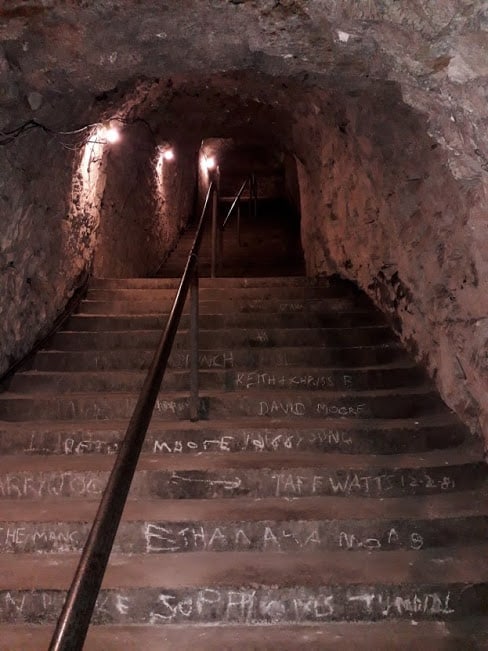
There is another mile of accessible tunnel beyond the blockage, and Historic England’s Geospatial Imaging Team visited Ramsgate to carry out a survey that helped locate the blockage. As well as recording the condition of the tunnel, which will help to monitor whether there are any further collapses, the scan will help to show who owns the land above the network and any land that might be affected by works to reopen it.
The tunnels run under the town and some are included within the Ramsgate Heritage Action Zone (HAZ). The town was one of the first places in England to be given HAZ status in April. The HAZ aims to support Ramsgate’s regeneration as a prosperous maritime town where outstanding heritage and architecture coupled with new investment and development strengthens the economy for the benefit of the local community.
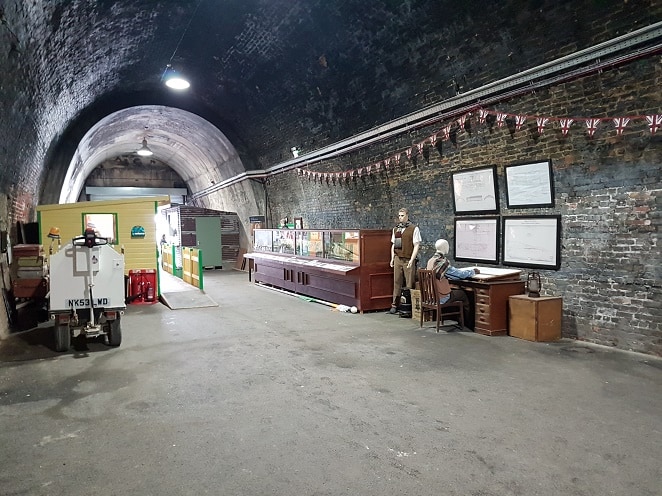
Phil Spain, at the Ramsgate Tunnels, said: “We are very grateful for Historic England’s assistance – without the scans it would be very difficult to survey and understand the blockage.”
Rob Lloyd-Sweet, Historic Places Adviser at Historic England, said: “Ramsgate Heritage Regeneration Trust contacted us to see how we could help develop the tunnels further as a tourism and learning resource. Better understanding the location of a collapsed section of the tunnels in relation to what was above ground was identified as a priority to support bids for grant aid and to show whether opening further sections of tunnel could be possible in future.
“The images from the scanning are really interesting too, showing the hidden tunnels below the street in relation to the trees and buildings above. The ghostly images of the buildings above and the hard red form of the tunnels below are also a really surprising reversal of how the tunnels are normally the hidden and mysterious element in the town. It captures the imagination.”
Potted Tunnels history
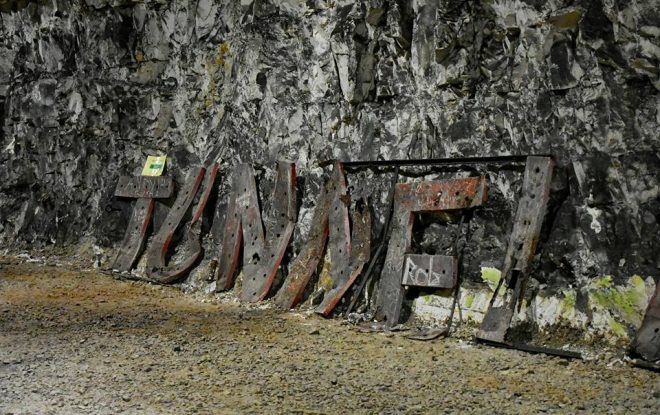
The Ramsgate Tunnels network is the largest and only known Civilian Deep Shelter Air Raid Precaution scheme authorised by Central Government.
The railway tunnel is almost one mile long and was opened in 1863 to bring the London Chatham & Dover Railway to the Ramsgate Harbour station, adjacent to Ramsgate Sands.
The line was abandoned in 1926 and Ramsgate Town Station was built in its current location.
In 1936 a ‘mini railway’ was opened at the site by the Ramsgate Olympia company. The line linked Dumpton to the beach and Merrie England amusements. An illuminated tableaux of world scenes gave rise to the name The World Scenic Railway.
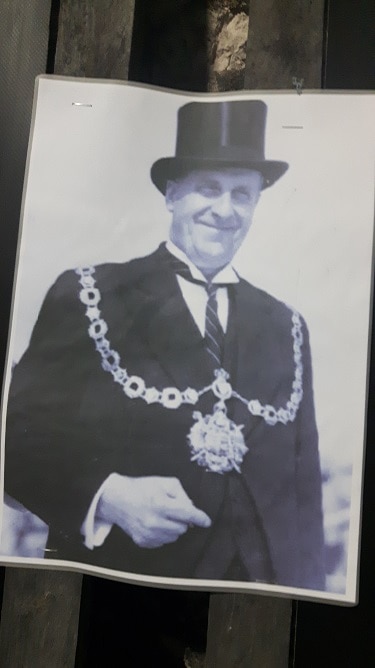
As war approached Ramsgate Borough Council embarked on an ambitious plan to create a network of Deep Shelter Tunnels linking to the former railway tunnel. Despite initial resistance from government Mr ABC Kemp (pictured) ‘the top hat mayor’ and the borough surveyor ceaselessly pressed for funding of the tunnels before the war, thus saving countless lives.
The plan was finally given the go ahead and the network, 2.5 miles long and 60ft below the town, was formally opened by The Duke of Kent on 1st June 1939.
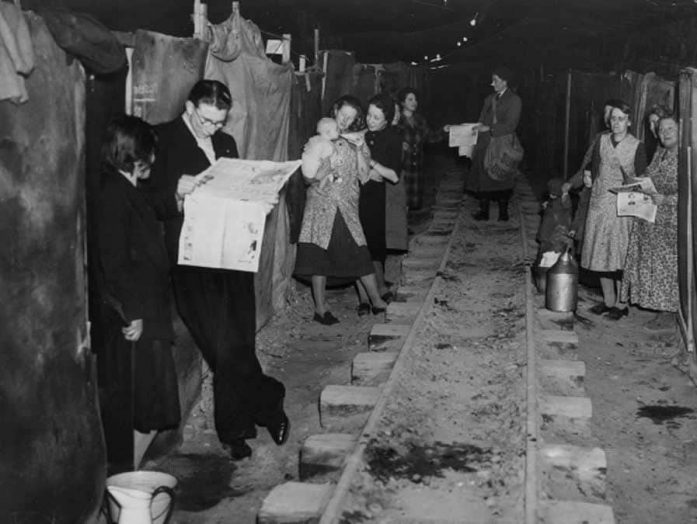
According to documents from the time shared by Kent History Forum the estimated cost of creating the shelter was £49,700, or £19,520 per mile, which includes entrances. The number of persons who could be accommodated was estimated to be approximately 11,000; 15,000 could be accommodated in the existing caves and the old railway tunnel, so that the total of 26,000 persons would be accommodated in the whole scheme.
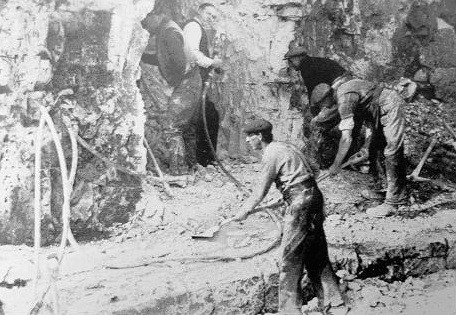
There were originally around 12 entrances, some of which were on the esplanade, cut directly into the cliffs, and others emerging in squares, playgrounds and parks around Ramsgate. This meant that during an air raid, people could quickly enter the tunnels via their nearest entrance
The tunnel system became famous and was visited by many celebrities including then Prime Minister Winston Churchill who was forced to take refuge there himself when caught in a raid.
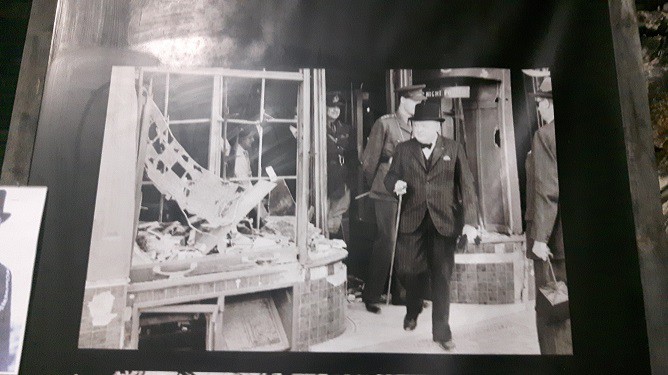
A German air raid in August 1940 dropped 500 bombs on the town. Some 29 people died and more than 1,000 were left homeless, many then moved permanently into the tunnels – creating Tunnel Town – until the end of the war.
The tunnels were sealed up after the war but the railway line was cleared and the Scenic Railway began to run again in 1946.
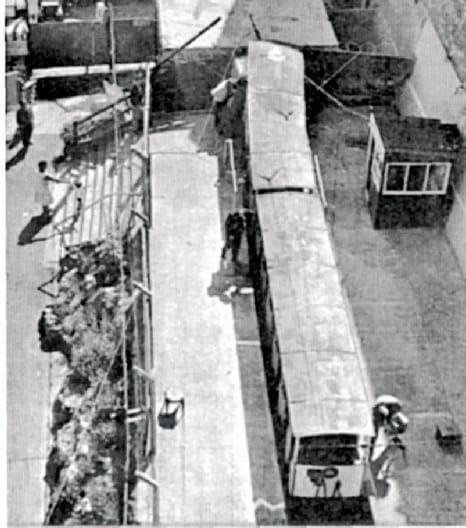
In 1965 a train overran the track at the seafront terminal. The Tunnel Railway was closed and the site abandoned once more.
The site was reopened in May 2014 by the current Duke of Kent following the successful bid by The Ramsgate Tunnels Project, supported by Ramsgate Town Council, for £53,000 from the Peoples’ Millions, a Heritage Lottery Fund grant for £84k won by Ramsgate Regeneration Heritage Trust and £51k from Thanet council.

